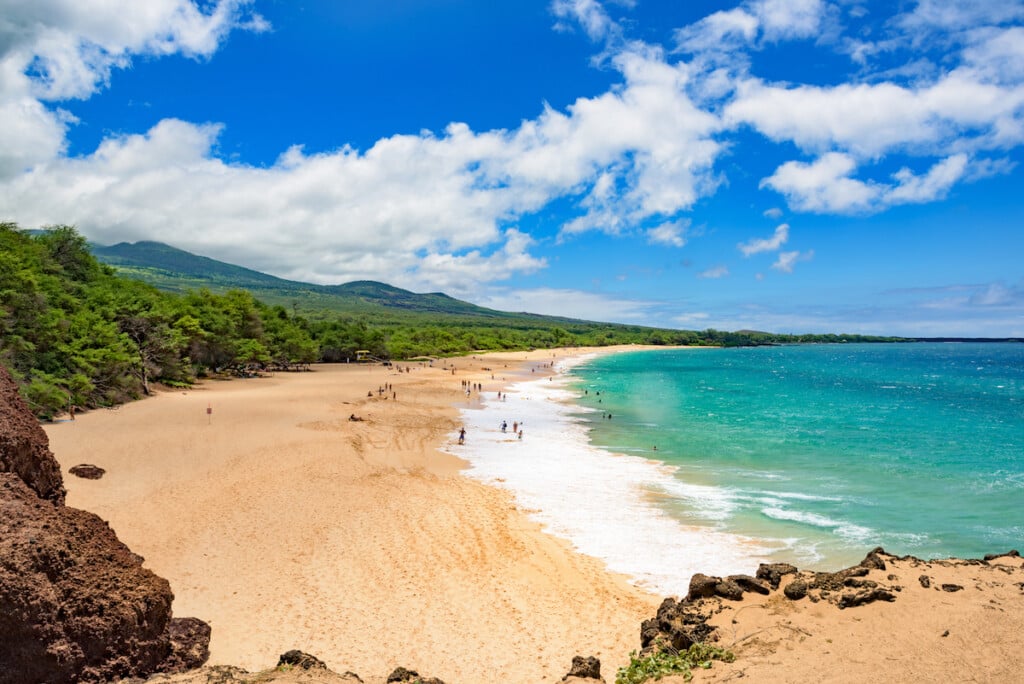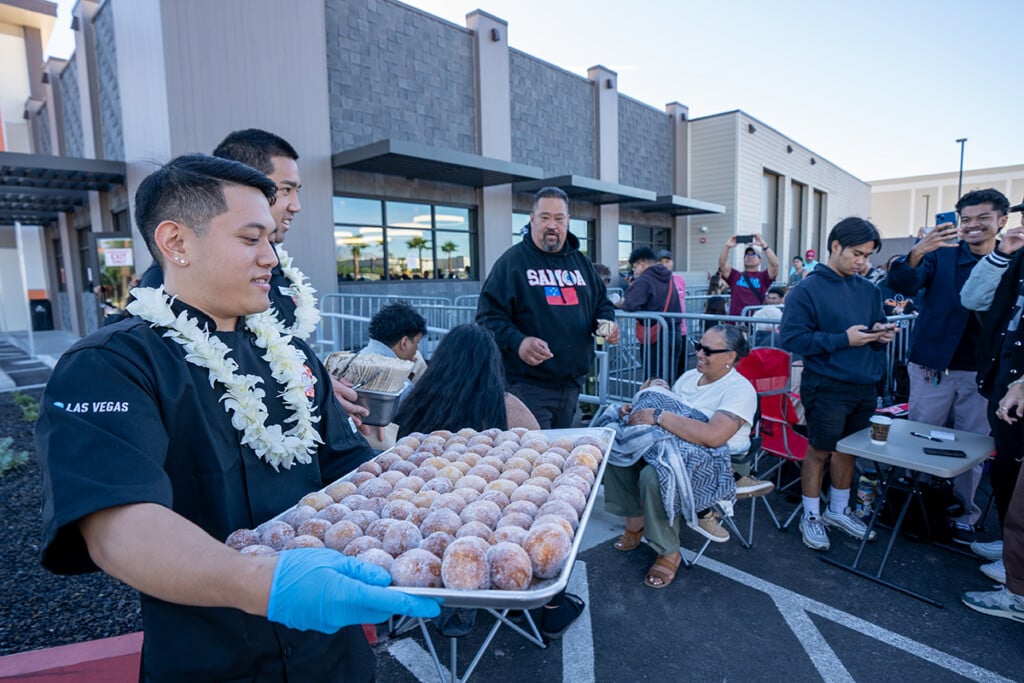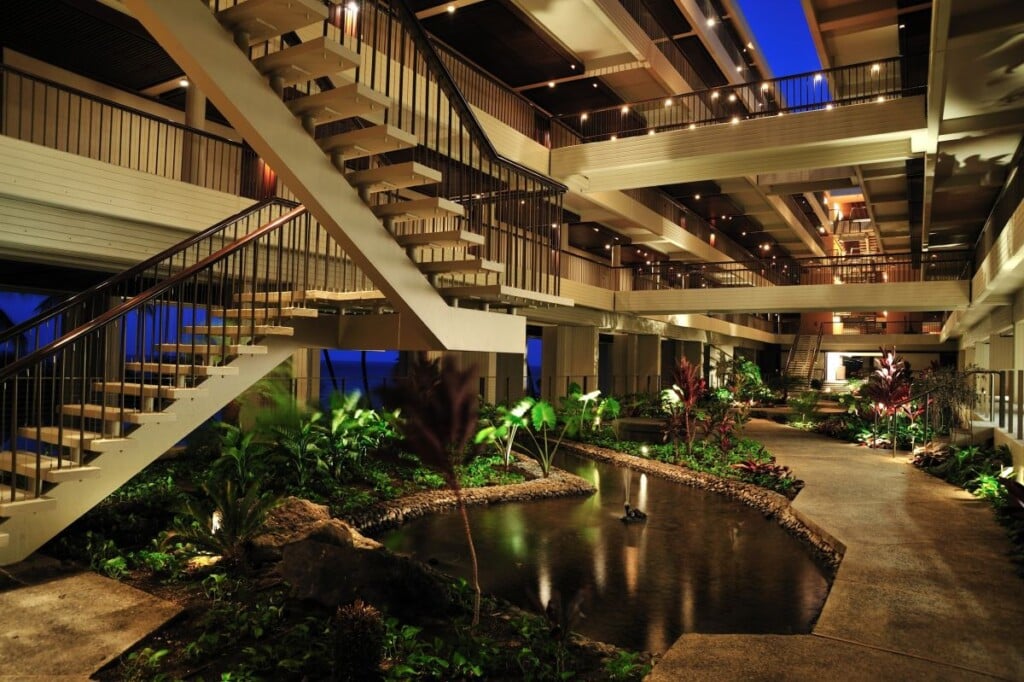6 Tips to View Hawaiʻi’s Erupting Volcano
Kīlauea on Hawaiʻi Island started erupting again this week and here’s how to see the volcano.
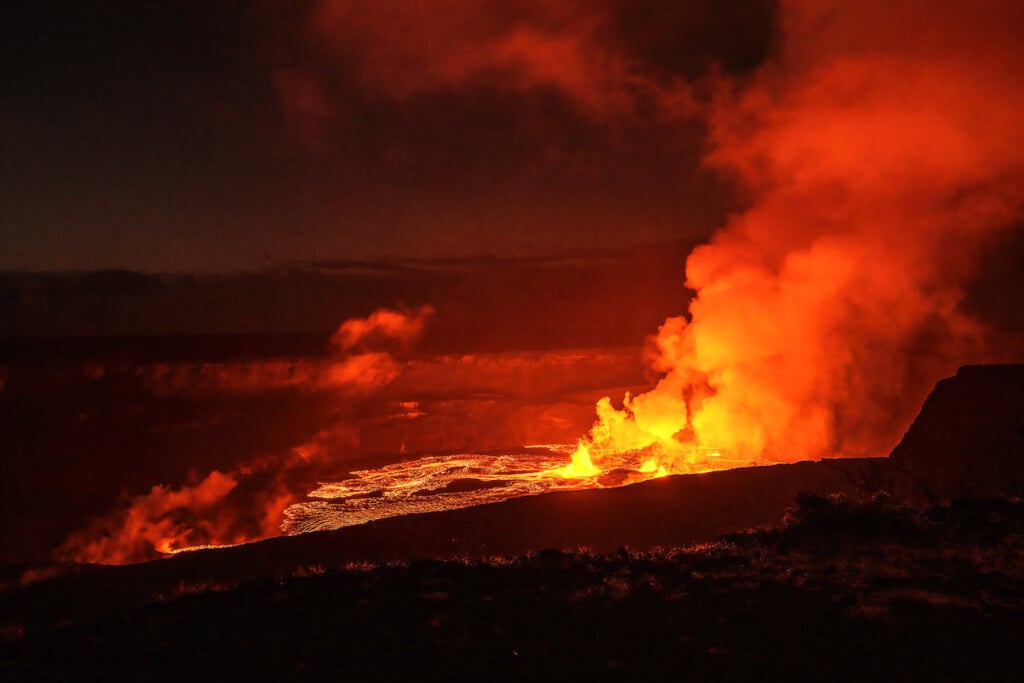
Maybe you’ve already booked your trip to Hawaiʻi Island—or maybe you’re planning a last-minute vacation to the Big Island.
Either way, you’ll definitely want to visit Kīlauea, which began erupting again on June 7, 2023—and putting on quite a show, too.
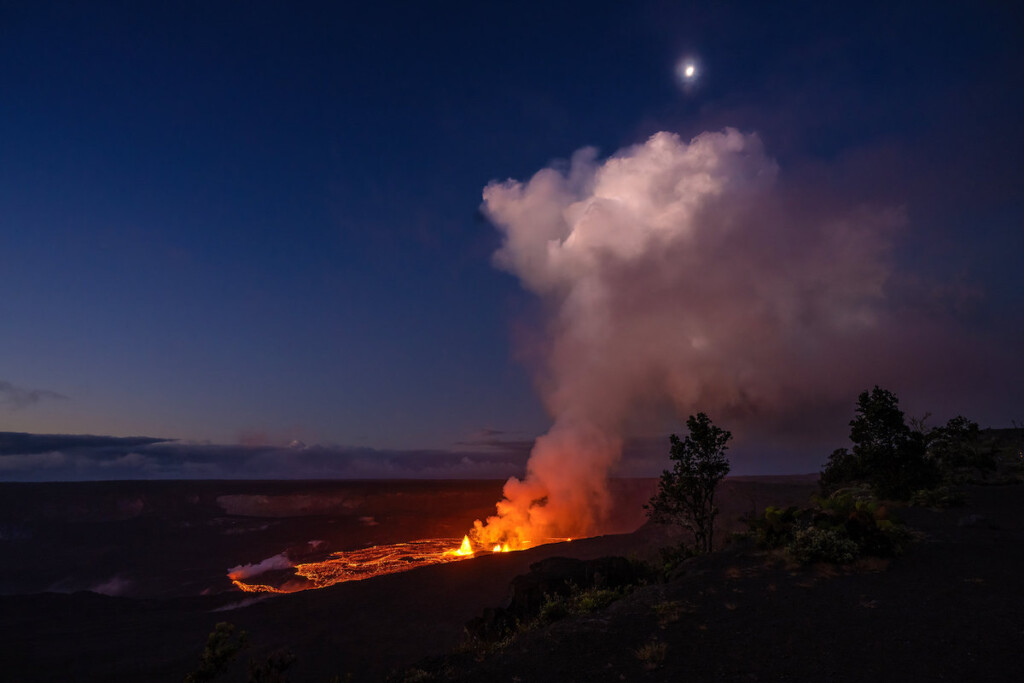
The new eruption at Kīlauea on June 7, 2023.
Photo: Courtesy of the National Park Service/Janice Wei
The new eruption began just before sunrise on June 7, filling Halemaʻumaʻu Crater with pools of lava. Hawaiʻi Volcanoes National Park, where the eruption is confined right now, is bracing itself for the thousands of visitors the new eruption will lure this summer.
So we’ve compiled some tips—some from the National Park Service, some from repeat visitors to the park—to help you see the eruption safely.
1. Check current conditions.
The U.S. Geological Survey has a live cam of Halemaʻumaʻu Crater (below) so you can see what’s going on with the eruption in real time. (It’s also a great way to view the eruption if you can’t visit the Big Island.) Check the park’s website, too, for up-to-date information on the eruption and related hazards.
2. You can visit anytime, but evening is best.
Hawaiʻi Volcanoes National Park is open 24 hours a day, and nighttime is the best time (in our opinion) to view the eruption. For one, you get to see the awesome glow of the lava from the crater. And secondly, fewer people visit after 9 p.m. and before 5 a.m., according to the park.
3. Be prepared.
Whenever you’re planning to go, you’ll want to plan ahead and bring what you need. Wear closed-toed or hiking shoes for treks to viewing areas. If you’re going at night, you’ll need a flashlight or headlamp—your smartphone light won’t cut it—and warm clothes. And check the weather. Rain and clouds are not uncommon at Kīlauea, and the 4,000-foot summit can get chilly. It’s always a good idea to bring rain gear—jackets or ponchos, umbrella—just in case.
4. Check about vog.
If you’re worried about vog—volcanic smog—you might want to check this site before you visit. Lack of trade winds at the summit mean ashfall and elevated concentrations of sulfur dioxide can be present. This volcanic gas can be hazardous, especially to people with heart or respiratory problems, infants, young children and pregnant women.
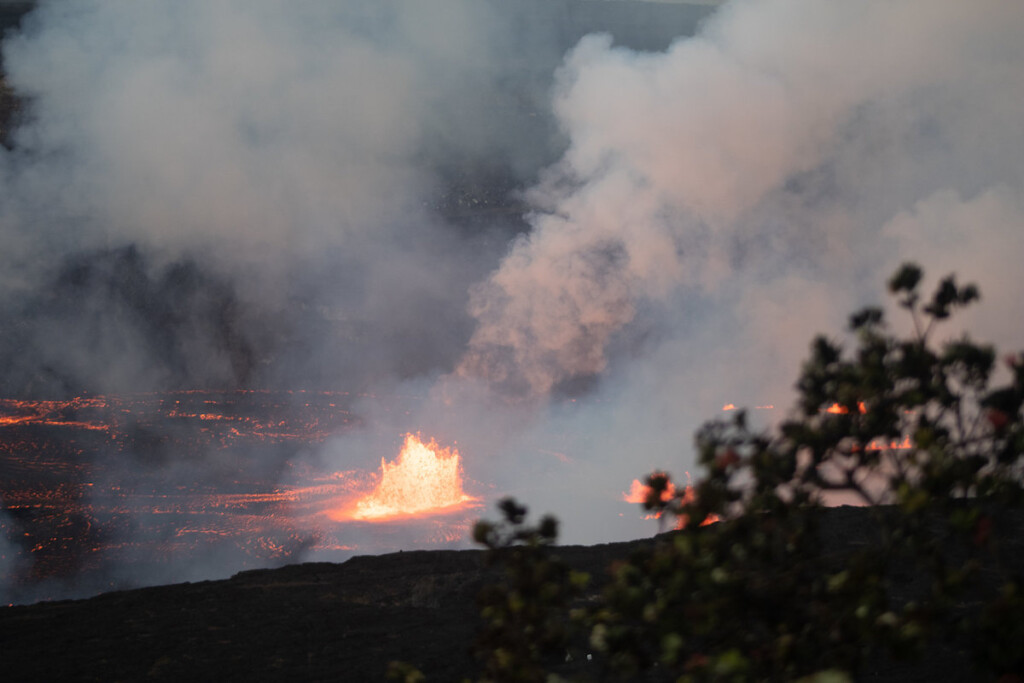
The new eruption at Kīlauea, which started on June 7, 2023.
Photo: Courtesy of the National Park Service/M. Newman
5. Consider these viewing areas in the park.
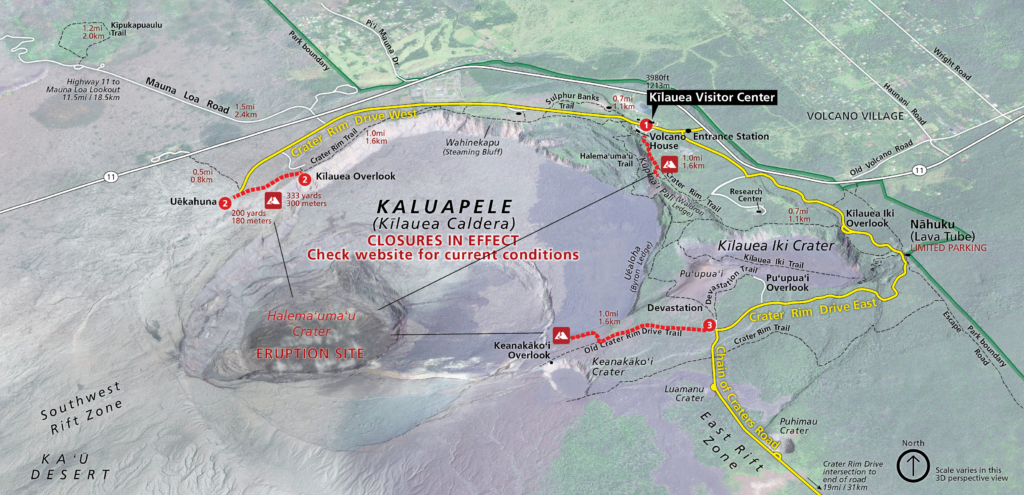
The national park recommends a few viewpoints along Crater Rim Drive: Uēkahuna, Kupinaʻi Pali (Waldron Ledge) and Keanakākoʻi. Note that there’s limited parking at the Devastation Trail parking lot, used to access Keanakākoʻi, and expect long waits at the more popular overlooks. Volcanic eruptions can be hazardous and change at any time. Stay on marked trails and overlooks, and avoid earth cracks and cliff edges. Do not enter closed areas. Check out the park map and download the new NPS mobile app to help you navigate during your visit.
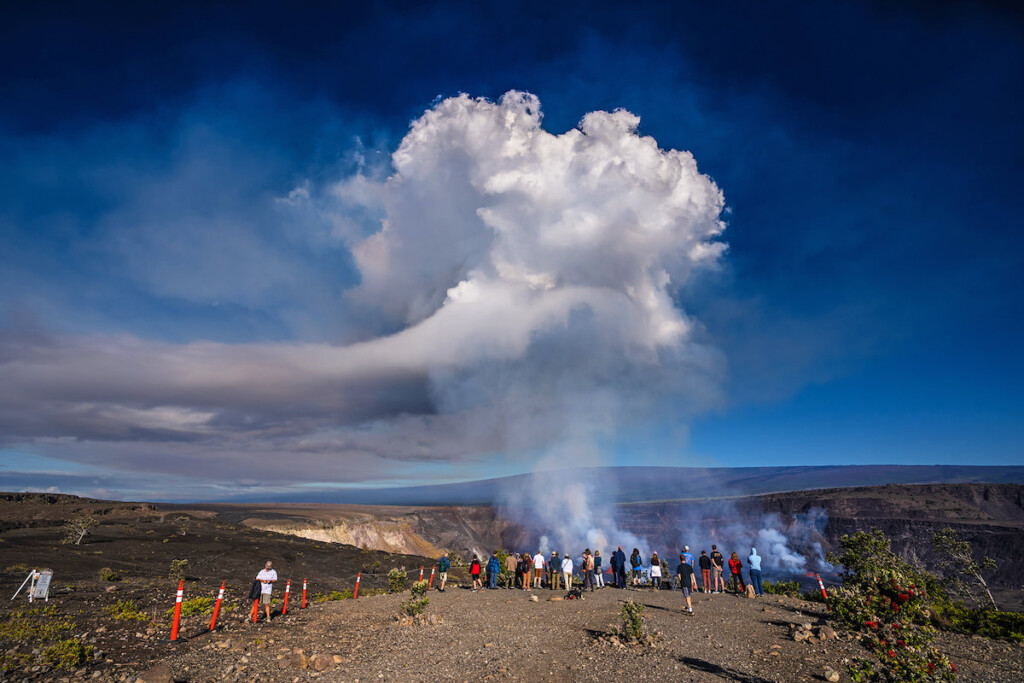
Visitors watch the summit eruption of Kīlauea volcano from the Keanakākoʻi side of the caldera.
Photo: Courtesy of the National Park Service/Janice Wei
6. Bring your aloha.
Slow down and drive safely. Expect long waits for parking spaces, especially at popular viewing areas. Be courteous to other visitors. Respect cultural practitioners who may be in the park. And be nice to park rangers, who are working long hours to help park cars and keep you safe.
